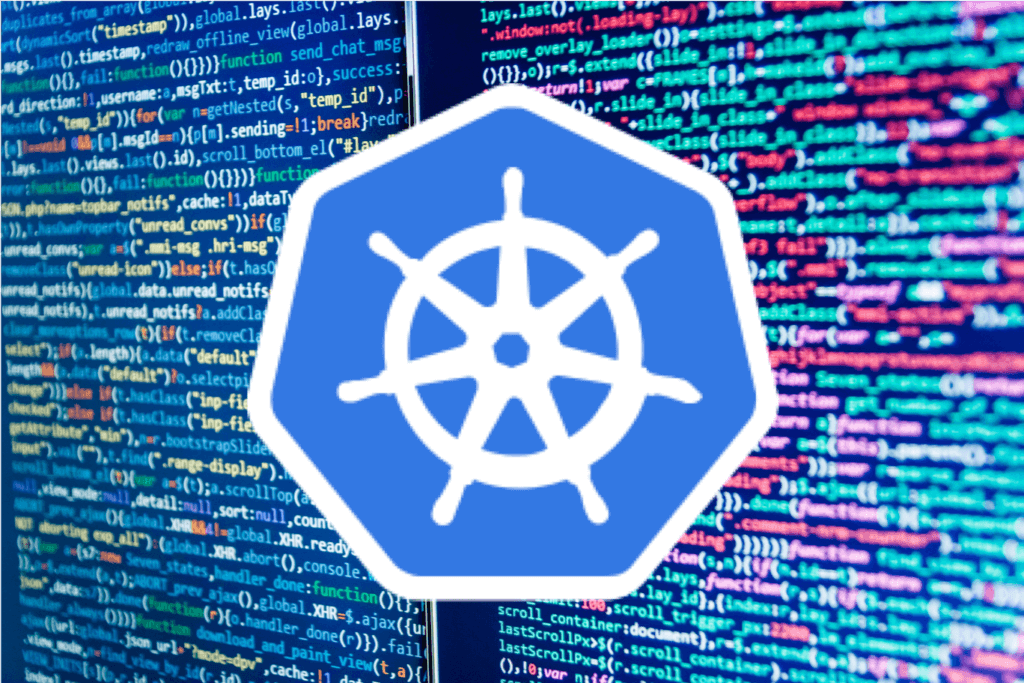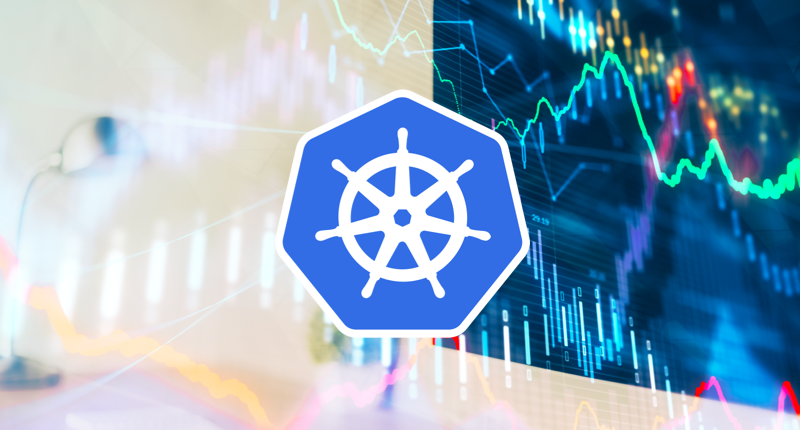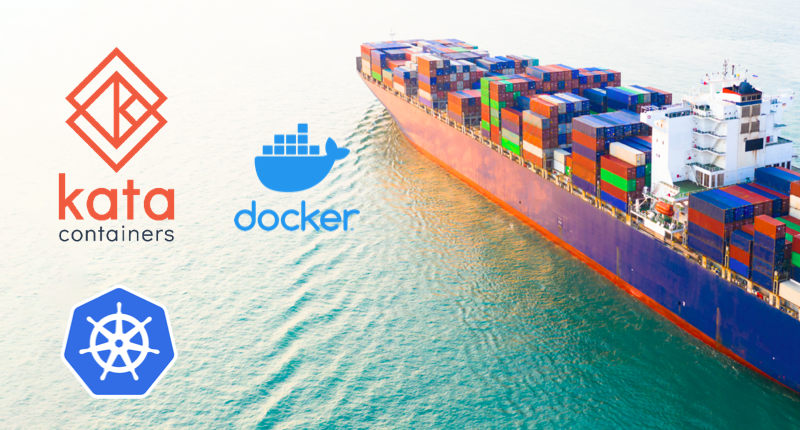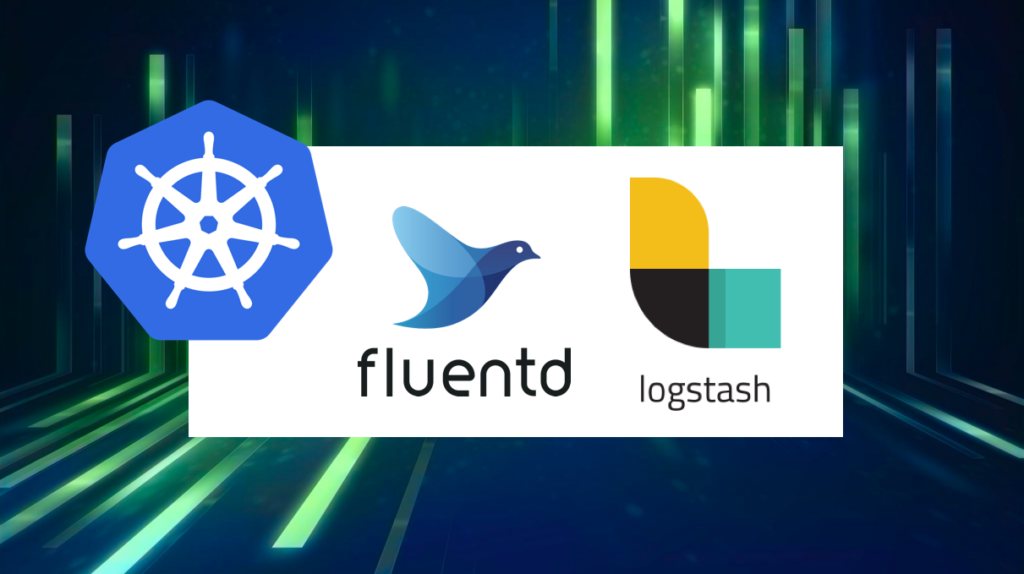The Three Deployment Strategies for Modern Private Cloud
When private clouds first emerged more than a decade ago, there was essentially just one deployment model: a DIY deployment approach where companies set up private cloud services themselves on their own infrastructure. Today, the evolution of the private cloud ecosystem offers a much richer set of deployment options. They range from the DIY approach […]











